当前位置:网站首页>1. Linear regression
1. Linear regression
2022-07-08 01:02:00 【booze-J】
The code running platform is jupyter-notebook, Code blocks in the article , According to jupyter-notebook Written in the order of division in , Run article code , Glue directly into jupyter-notebook that will do .
1. Import third-party library
import keras
import numpy as np
import matplotlib.pyplot as plt
# Sequential Sequential model
from keras.models import Sequential
# Dense Fully connected layer
from keras.layers import Dense
2. Randomly generate data sets
# Use numpy Generate 100 A random point
x_data = np.random.rand(100)
# Noise shape and x_data The shape of is the same
noise = np.random.normal(0,0.01,x_data.shape)
# Set up w=0.1 b=0.2
y_data = x_data*0.1+0.2+noise
# y_data_no_noisy = x_data*0.1+0.2
# Show random points
plt.scatter(x_data,y_data)
# plt.scatter(x_data,y_data_no_noisy)
Running effect :
This is the case of adding noise y_data = x_data*0.1+0.2+noise: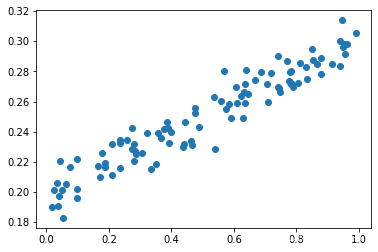
Without adding noise y_data_no_noisy = x_data*0.1+0.2(w=0.1,b=0.2):
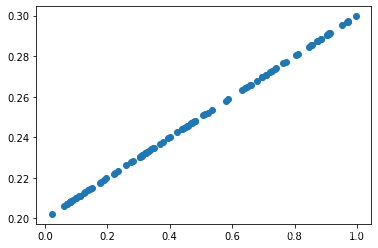
Linear regression is based on the scatter plot with added noise , Fit a straight line that is similar to the scatter diagram without adding noise .
3. Linear regression
# Build a sequential model
model = Sequential()
# Add a full connection layer to the model stay jupyter-notebook in , Press shift+tab Parameters can be displayed
model.add(Dense(units=1,input_dim=1))
# sgd:Stochastic gradient descent , Random gradient descent method
# mse:Mean Squared Error , Mean square error
model.compile(optimizer='sgd',loss='mse')
# Training 3001 Lots
for step in range(3001):
# One batch at a time The loss of
cost = model.train_on_batch(x_data,y_data)
# Every time 500 individual batch Print once cost
if step%500==0:
print("cost:",cost)
# Print weights and batch values
W,b = model.layers[0].get_weights()
print("W:",W)
print("b:",b)
# x_data Input the predicted value in the network
y_pred = model.predict(x_data)
# Show random points
plt.scatter(x_data,y_data)
# Show forecast results
plt.plot(x_data,y_pred,"r-",lw=3)
plt.show()
Running effect :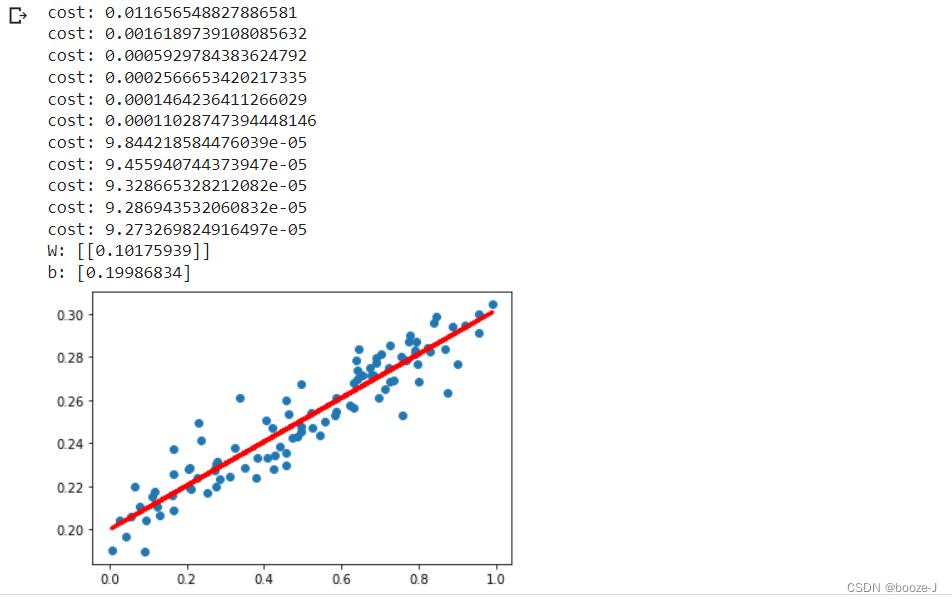
You can see the prediction w and b Are very close to what we set w and b.
Be careful
- stay jupyter-notebook in , Press shift+tab Parameters can be displayed
- train_on_batch Use
- compile Use
边栏推荐
- NTT template for Tourism
- [go record] start go language from scratch -- make an oscilloscope with go language (I) go language foundation
- FOFA-攻防挑战记录
- C# ?,?.,?? .....
- Implementation of adjacency table of SQLite database storage directory structure 2-construction of directory tree
- Letcode43: string multiplication
- Is it safe to speculate in stocks on mobile phones?
- 5g NR system messages
- 130. 被圍繞的區域
- German prime minister says Ukraine will not receive "NATO style" security guarantee
猜你喜欢
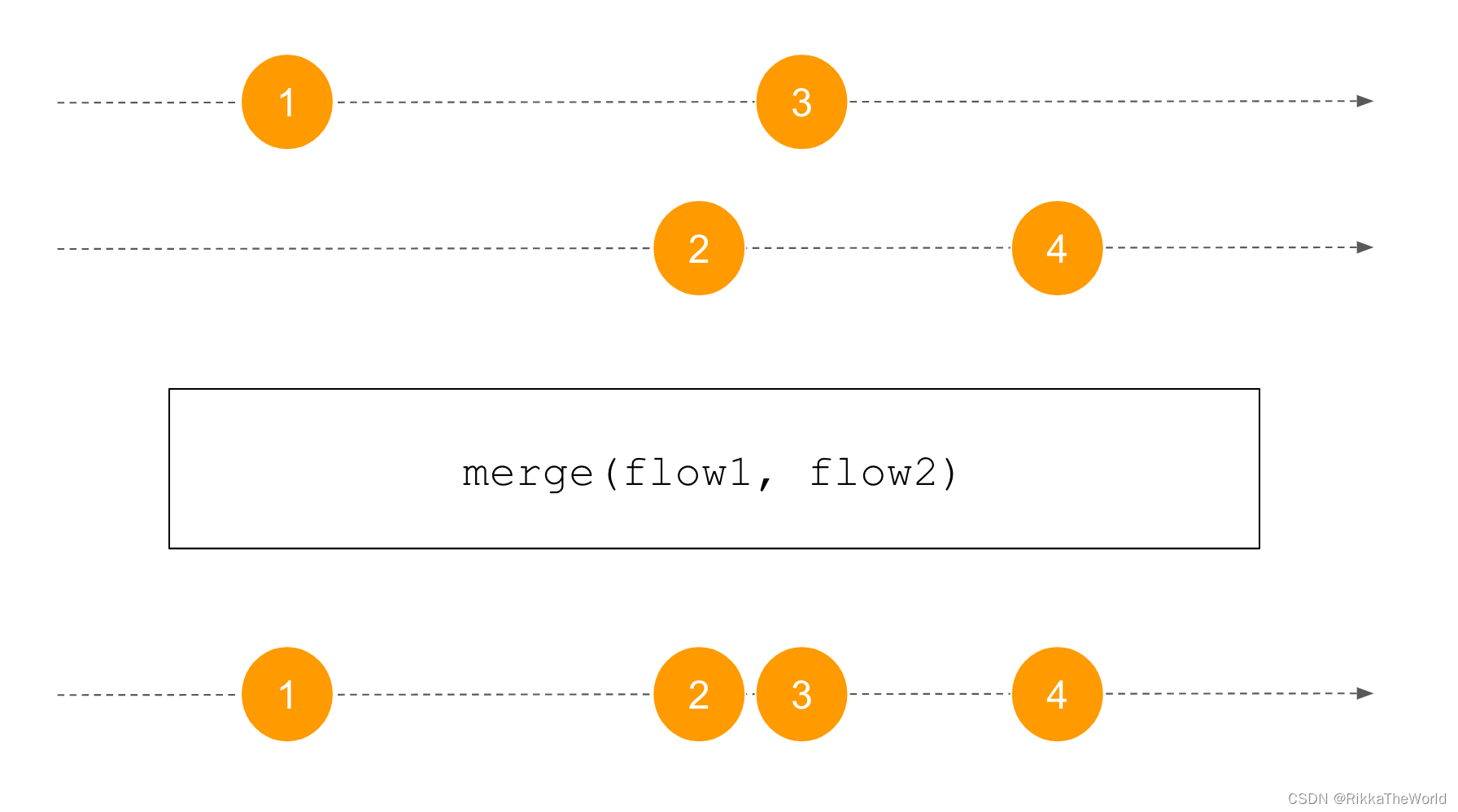
Deep dive kotlin synergy (XXII): flow treatment

Invalid V-for traversal element style
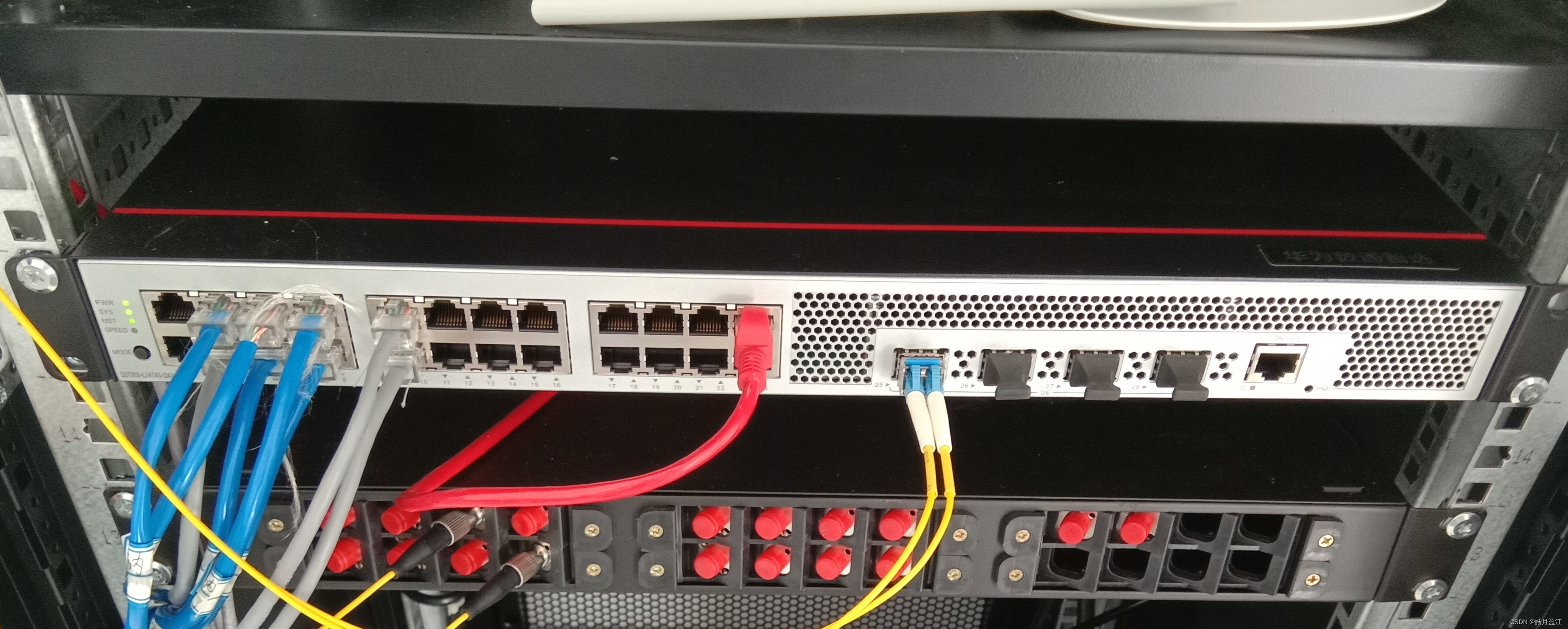
Huawei switch s5735s-l24t4s-qa2 cannot be remotely accessed by telnet
![[deep learning] AI one click to change the sky](/img/74/f2e854b9f24129bcd9376733c2369f.png)
[deep learning] AI one click to change the sky
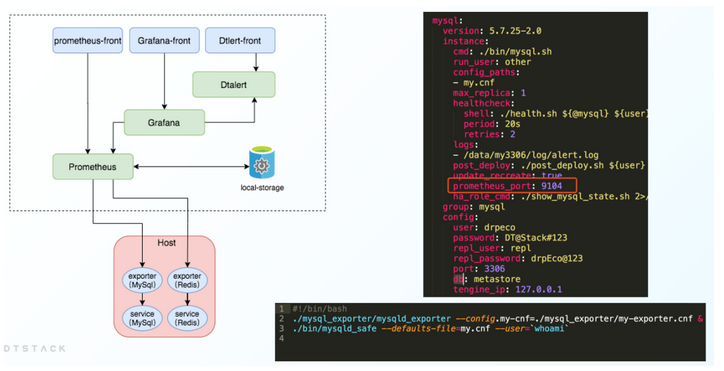
Where is the big data open source project, one-stop fully automated full life cycle operation and maintenance steward Chengying (background)?

取消select的默认样式的向下箭头和设置select默认字样

1.线性回归

图像数据预处理

AI遮天传 ML-回归分析入门

Codeforces Round #804 (Div. 2)(A~D)
随机推荐
[Yugong series] go teaching course 006 in July 2022 - automatic derivation of types and input and output
取消select的默认样式的向下箭头和设置select默认字样
STL--String类的常用功能复写
Codeforces Round #804 (Div. 2)(A~D)
Malware detection method based on convolutional neural network
DNS series (I): why does the updated DNS record not take effect?
2022-07-07: the original array is a monotonic array with numbers greater than 0 and less than or equal to K. there may be equal numbers in it, and the overall trend is increasing. However, the number
2.非线性回归
New library launched | cnopendata China Time-honored enterprise directory
Codeforces Round #804 (Div. 2)(A~D)
手机上炒股安全么?
3.MNIST数据集分类
基于微信小程序开发的我最在行的小游戏
Fundamentals - integrating third-party technology
130. 被圍繞的區域
AI遮天传 ML-初识决策树
Huawei switch s5735s-l24t4s-qa2 cannot be remotely accessed by telnet
丸子官网小程序配置教程来了(附详细步骤)
50Mhz产生时间
8.优化器